What Is A Home Inspection?
A home inspection is a thorough evaluation of the current condition of a property. Home inspections are generally limited to the functionality of the home. However, they may also include some cosmetic issues. Furthermore, home inspections are non invasive and generally limited to what is accessible and visible.
First, a certified home inspector will observe all the major systems of the home and then document any deficiencies or potential problems and bring them to the buyer’s attention. The home inspector’s findings are then put into an official report that consequently aids in the negotiation of a property sale.
Following the visual inspection of the property, the inspector compiles all of the issues that have been flagged and produces a professional report for the client. Photo or video documentation is included in the summary list.
It is not a requirement for the seller to fix everything that may be addressed in an inspection report. As a home buyer reads an inspection report, they should keep the following 3 things in mind:
- Which of the issues is a safety or health concern?
- What items on the report is a buyer willing and able to take care of themselves?
- What items would the buyer prefer to have the seller repair?
Rather than trying to do it alone, a professional Realtor will know how to appropriately classify and mange issues on a home inspection report that may need to be addressed.
A home inspection documents the current condition of the property and is not intended to guarantee the future condition or life expectancy of the building components.
What Are The 6 Benefits of Getting a Home Inspection?
- Expensive repairs identified through a home inspection can be negotiated for repair before purchasing a property. Resulting in long term savings that can more than offset the cost of the initial inspection.
- Home inspections educate home buyers on the property condition and can add to the confidence of their purchase
- A home inspection report becomes a valuable tool when it comes to negotiating the price of a home.
- Professional home inspections can corroborate sellers’ disclosures or present warning flags to help buyers resulting in the best possible decisions.
- Clients receive a professional summary list of items that they can accept “as is”, request repairs, request monies for repairs to be made.
- Documentation provided in a home inspection report helps a home buyer prepare and execute a plan of action that results in a home that is optimized for their needs.
What Does a Home Inspection Cover?
The home inspector observes the major components of a home from top to bottom. These major systems or components include Exterior, Roofing, Gutters, Plumbing, Electrical, Structural, Heating & Cooling, Garage, Installed Appliances, Attached Fixtures, and more.
Observations made by a home inspector are usually categorized as maintenance issues, general repairs, extensive repairs, improper building methods, defects, deficiencies, and some fire or safety concerns. General home inspections are not meant to identify specific building code violations. However, some deficiencies noted in the report may be code violations.
Inspecting Roof Coverings and Attic Spaces:
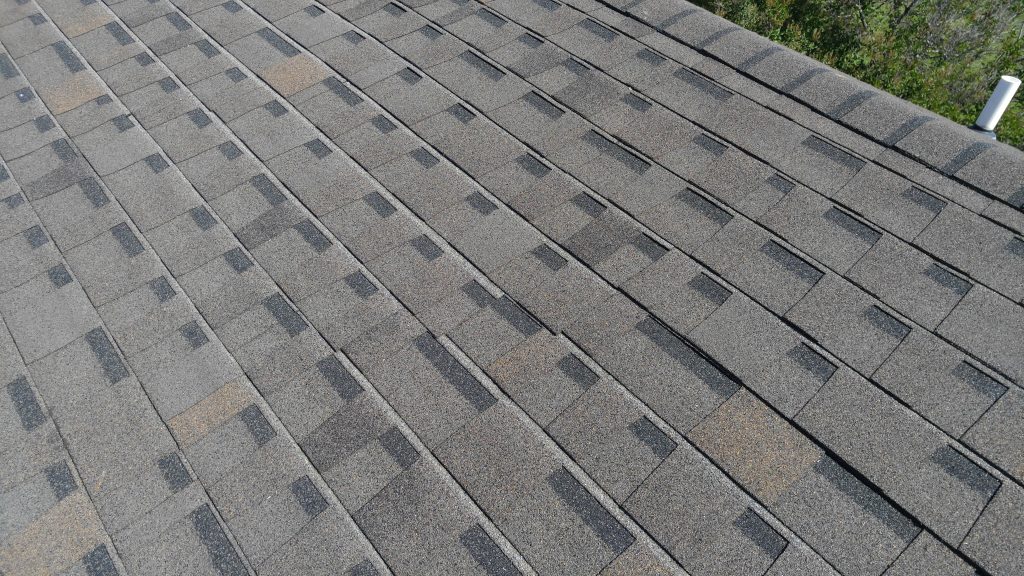
This home near Stevensville, MT was listed as having a “New Roof.” However, the home inspection revealed that the shingles had not been installed correctly and many nail heads were exposed.
- Roofing material condition, looking for damage, defects or poor workmanship.
- Chimneys, skylights and roof penetrations
- Gutters and roof drainage
- Flashing and drip edges
- Roof and attic ventilation
- Attic insulation
- Visible wiring, pipes or duct work in attic
- Any installed ventilation fans or thermostatic controls
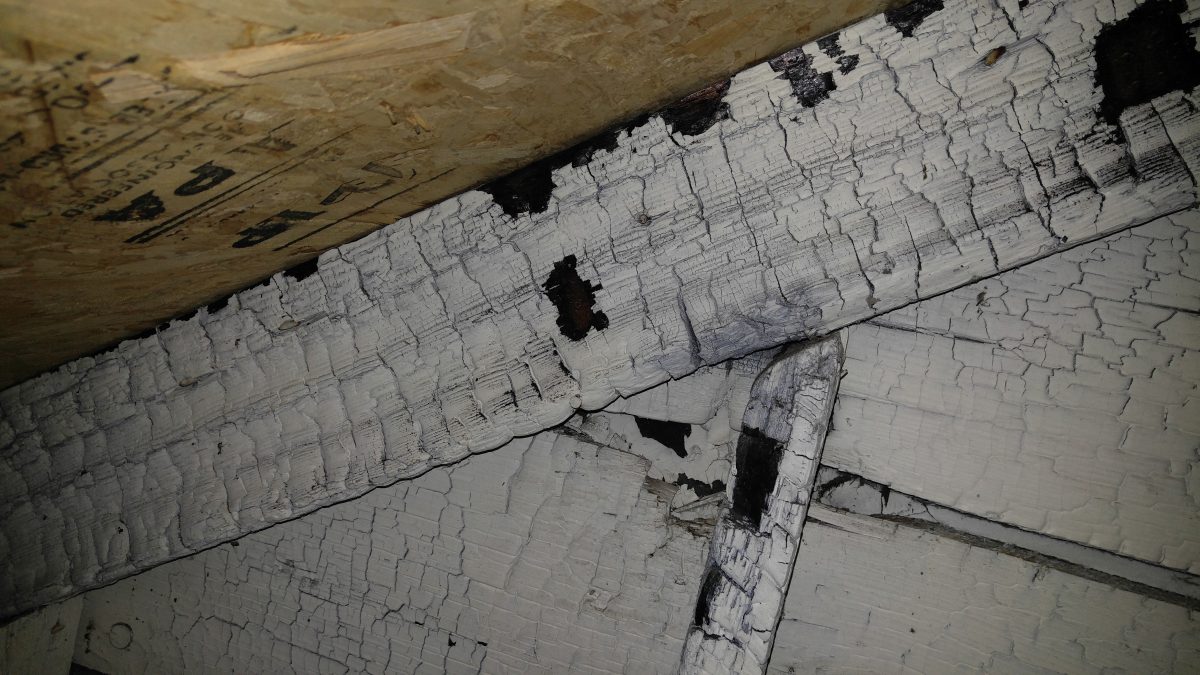
A professional home inspection in this Missoula home revealed preexisting fire damaged in the attic that had not been disclosed.
Exterior Inspection of the Home:
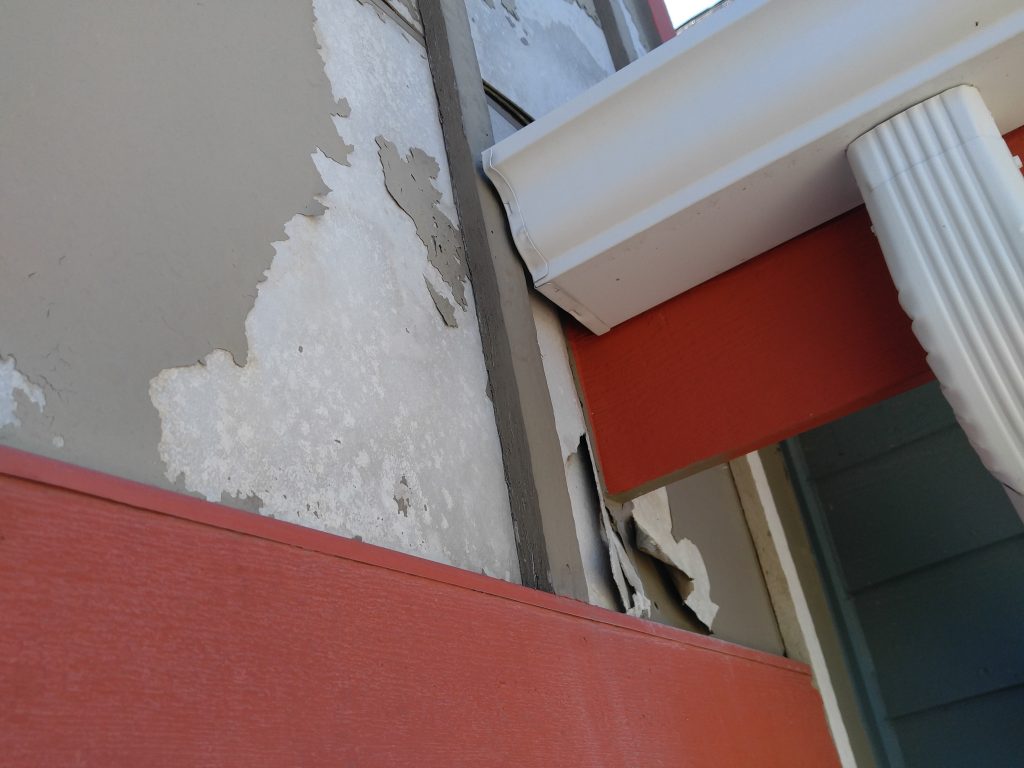
Home inspection relealed improper roof drainage/flashing led to water damage and eventual moisture intrusion into this condo in Bozeman, MT
- Wall cladding materials, trim and flashing
- Exterior doors
- Windows
- Decks, balconies, stoops, steps, porches, patios and railings or coverings
- Adjacent vegetation, grading, drainage, walkways, and retaining walls that may affect the main building.
- Eaves, soffits and fascia
- Exterior plumbing, such as hose bibs. (Excludes underground sprinkler systems)
- Exterior electrical outlets and fixtures.
Inspecting Garages:
- Ceiling and walls (including firewall separation)
- Garage floor
- Garage doors
- Occupant door to the home
- Electrical outlets
- Garage door operators
Inspecting Interior Rooms and Components:

Warped window frame of this home in Florence, MT eventually caused enough stress to crack the glass
When a home inspector is looking at the interior of the home, the focus is on functionality rather than cosmetic issues. However, for newly constructed homes, it may be appropriate to place more emphasis on cosmetic defects or blemishes.
- Windows and doors
- Walls, floors, ceilings
- Outlets and attached fixtures
- Installed appliances
- Plumbing fixtures
- Exhaust fans and vents
Inspecting Structural Components of the Home:
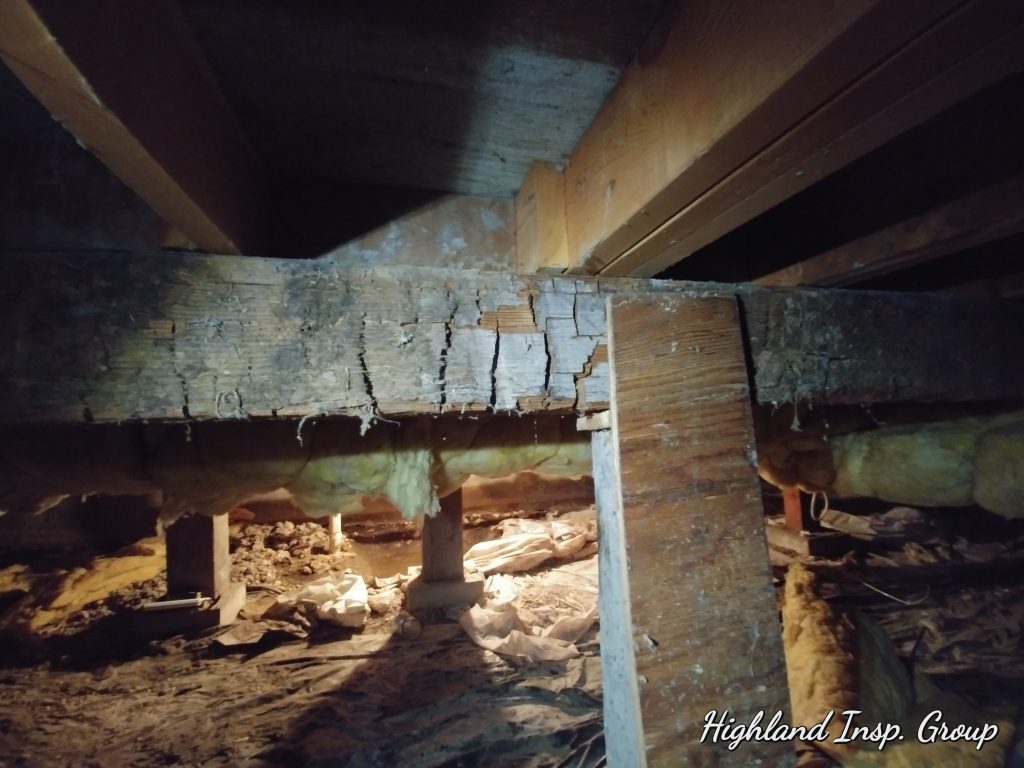
Prolonged water damage to a support beam in a neglected crawlspace. 2 previous inspectors had missed this. Missoula, MT
The general home inspection of the structure is non invasive and limited to what is accessible and visible.
- Foundations and concrete slabs in basements
- Vapor and moisture barriers
- Crawlspaces, including ventilation, and signs of moisture intrusion or fungal growth
- Visible floor joists, supporting walls, columns and framing
- Insulation

Mold growth in a crawlspace in Bozeman, MT. This was new construction
Specific information for mold inspections and testing is HERE
Plumbing Systems Inspection:

Water Heater issues that may be uncovered during a home inspection. Inspection Photos from Stevensville, Missoula and Whitehall, MT (left to right)
- Plumbing drain, waste and vents
- Water supply line to the home and distribution systems and fixtures
- Hot water systems, controls, chimneys, flues and vents
- Main water shut off valve
- Fuel storage, distribution and shut off valve
- Sump pump (if applicable)
Inspecting Heating and Cooling Systems:

Most defects uncovered inspecting the HVAC system are pretty routine, but occasionally there can be something serious. The photo on the right was taken in Three Forks, MT and shows a severe crack in the exhaust flue of the boiler, which can allow carbon monoxide to build up in the home.
Montana homes may have more than one heating system or fuel source.
- Normal operating and safety controls
- Distributing fans, pumps, ducts, insulation, filters, registers, radiators and more
- Presence of installed heat source for each room
- Chimneys, flues and Vents
- Solid Fuel heating sources
- Natural gas or Propane fireplaces or inserts
- Air cooling and handling equipment (Not Inspected when outdoor temperature is below 60F)
Inspecting the Electrical System:
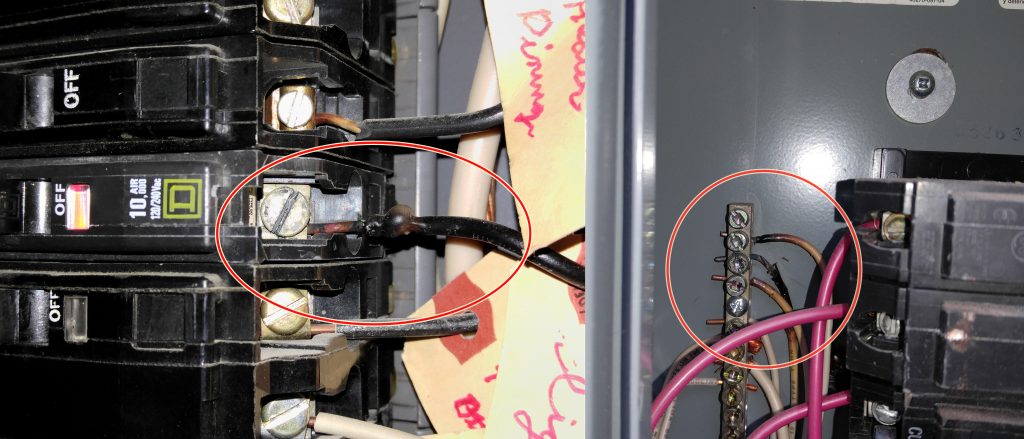
Most warning signs of electrical defects should be evaluated by a professional electrician. Here the wire insulation is burnt from a poor connection or overloaded wiring.
An electrician should perform any repairs to the electrical system.
- Service Entrance Conductors
- Service and grounding equipment, main over-current device
- Breaker or fuse service panels
- Branch circuit wiring, breakers or fuses
- Connected devices or fixtures
- Polarity and grounding of receptacles within 6 feet of interior plumbing
- Operation of GFCI outlets or breakers
A home inspector is basically a general practitioner of homes and it is common for repairs or further evaluation to be referred out to certain specialists.
#BozemanHomeInspector #MissoulaHomeInspector #ButteHomeInspector #HelenaHomeInspector
